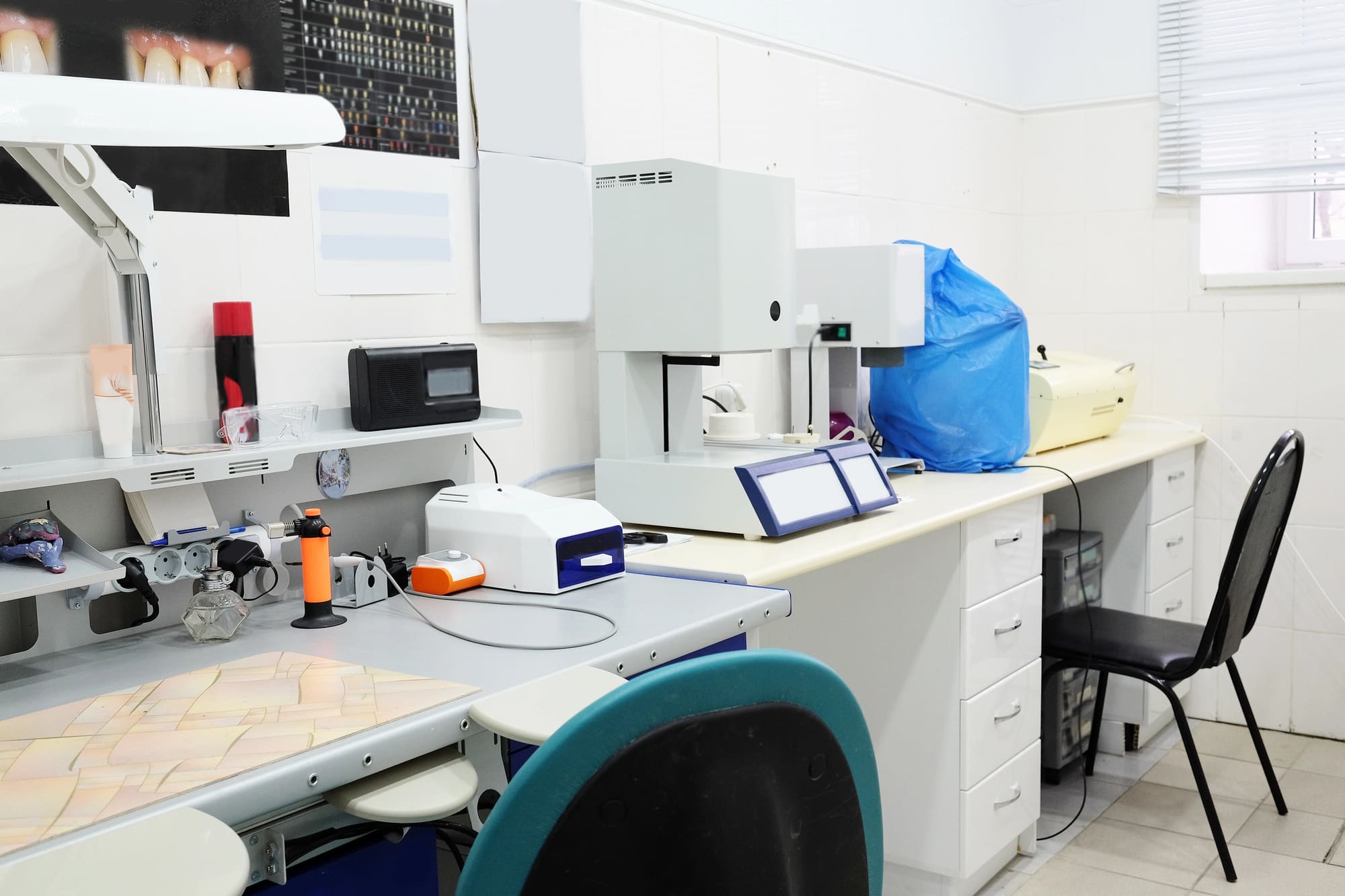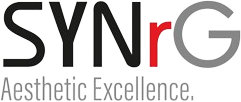
Dental laboratory technicians’ prime responsibilities include custom-making dental prosthetics crowns, bridges, or complete dentures designed to give the patient a healthy and beautiful smile. With the effect of technology, new tools, and equipment employed by dental lab technicians have changed their work with the increased efficiency and preciseness they perform their tasks.
A dental lab technician is an extremely skilled professional in the world of work that revolves around customizing dental prosthetics. The technicians will work with the dentist closely, understand the patient, and then, using their very significant skill, create an unnaturally looking prosthetic that fits the mouth. Attention to detail and excellent hand-eye coordination are essential qualities in a dental lab technician to make precise, careful, and accurate prosthetic work.
Necessary Equipment for Dental Laboratory Setup:
The equipment is fundamental because it determines the success of any dental laboratory. New advanced technology offers numerous tools and machines that can simplify the job of every dental lab technician, and make it faster and more efficient. Here are some examples of the most essential equipment for setting up a dental laboratory.
Dental milling machines:
- Dental milling machines can be linearly used to create dental prosthetics by milling blocks of ceramic or composite materials. These machines work through CAD software and provide a complete 3D design of the prosthetics before milling it into the desired shape. This gives highly accurate and precise fabrication of dental prosthetics and minimizes the chances of human error.
3D Printers:
- 3D printing technology now ushers the entire dental industry into a new light by making the production of dental prosthetics easy and quick. Layer by layer, an object is built from a digital file by a 3D printer, giving rise to highly detailed and accurate prosthetics. It finds utility in surgical guides, models, and temporary restorations.
Dental Scanners:
- Dental scanners are used to create digital impressions of a patient’s teeth and gums. These scanners use laser or optical technology to capture the shape and color of the teeth, eliminating the need for traditional messy impressions. The digital impressions can then be used to design and fabricate dental prosthetics, saving time and improving accuracy.
Porcelain Ovens:
- Porcelain ovens are the primary equipment for a dental laboratory specializing in porcelain restorations. These ovens fire porcelain materials at high temperatures to give them their strength and durability. With advancements in technology, there are now porcelain ovens that can fire multiple restorations at the same time, increasing productivity and efficiency.
Articulators:
- Articulators are devices used to simulate the movement of a patient’s jaw. They are very important for creating accurate occlusal surfaces on dental prosthetics. Different types of articulators are available, including semi-adjustable and fully adjustable articulators, which have different characteristics and advantages.
Understand Restorative Dentistry:
Restorative dentistry is a discipline of dentistry focusing on the restoration of function and aesthetics to damaged or lost teeth. Most often, this also involves dental lab technicians, who fabricate custom-made restorations to suit the natural teeth of the patient. Here are some of the magnificent tools and technologies found in restorative dentistry.
- CAD/CAM Technology: CAD/CAM technology is probably the most revolutionary thing in modern restorative dentistry. It creates under a highly accurate and precise process a dental restoration within some minutes; compared with the traditional methods patients need to put much less time and effort into obtaining such items as crowns, bridges, and veneers. Most importantly, there are no numerous appointments for the patient.
- Digital Shade Matching: Digital shade matching is a direct linking of the natural teeth color with the computer using a special spectrophotometer so that in creating a custom shade for dental restorations, it matches the shade perfectly to what the patient’s natural teeth would be. Traditional shade matching became dynamic and very subjective. Digital shade matching features a much more consistent result.
- Intraoral Scanners: The intraoral scanner is a handheld device to create digital impressions of teeth and gums. The intraoral scanner allows for the capacity to create restorations that require precise fit and occlusion, such as crowns and bridges. It is also useful for patients suffering from exaggerated gag reflexes or inability to take most traditional impressions.
- Digital Smile Design: Digital Smile Design (DSD) is a software application designed to enable the dentist and dental laboratory personnel to digitally draft a patient’s smile. The DSD makes use of digital photographs and video images of the face with its surrounding structures and teeth to create an idealized 3D model of the patient’s smile. Using this digital technology, dentists can show patients what their restored smile is likely to look like in the future so that patients can feel more confident about going ahead with their treatments.
- Implant Planning Software: Implant planning software is applied in planning and designing the treatment for dental implantology. It makes use of 3D images of the patient’s jawbone to derive the most suitable location and angle at which the implant is to be set up. Thus, it virtually places the implant reducing the risks of complications at the time of its placement.
Advancing Restorative Dentistry with SynrG Lab
Dental laboratory technicians play a very important role in restorative dentistry, and their art tools and techniques serve to address the appropriate needs for the production of high-quality dental prosthetics. However, with the rapidly changing technology now, SynrG Lab is a dental laboratory in Bufford that seeks not just to advance but also to improve the work of dental lab technicians and the patients they serve. Get in touch with us right now if you have any questions or would like more information.
